Text
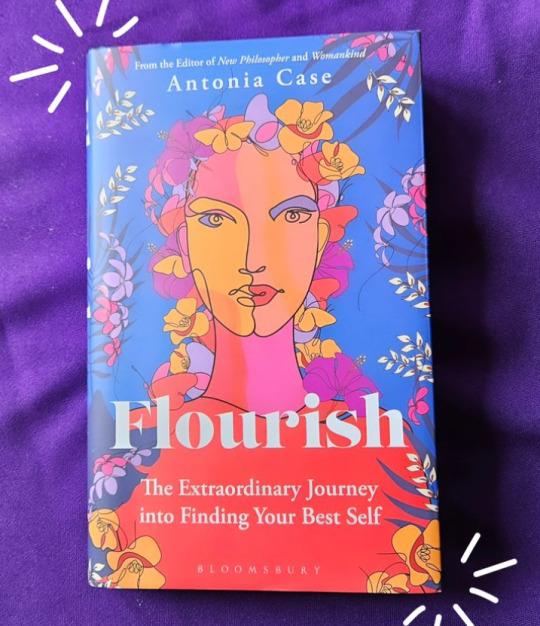
After years of struggling to read anything, in the last few months, I've read four books! Flourish has been sat on my shelves for a little while, but after reading Roxie Nafousi's Manifest, I thought I would also give Flourish a go. Thoroughly enjoyed Flourish, lots of insights and philosophy about what it means to live a meaningful life.
#bookstagram #flourish #antoniacase #philosophy #booksthatmakeyouthink #gettingmylifeback
2 notes
·
View notes
Text
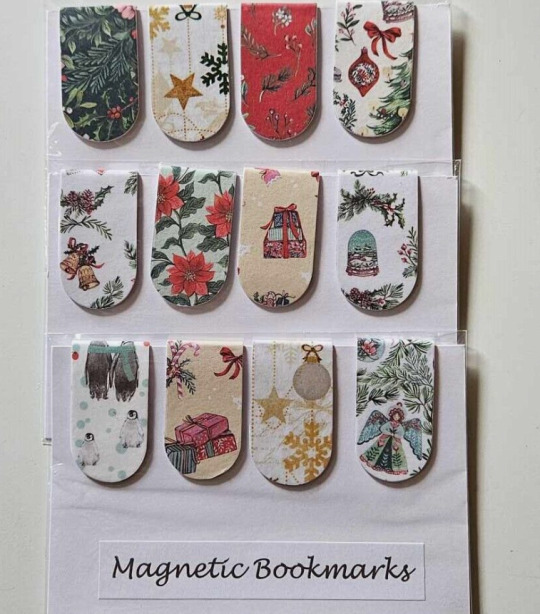
Some magnetic bookmarks I made.
(also on eBay thelittlebookroom - DM me for direct link as Tumblr not liking me adding eBay on here)
6 notes
·
View notes
Text
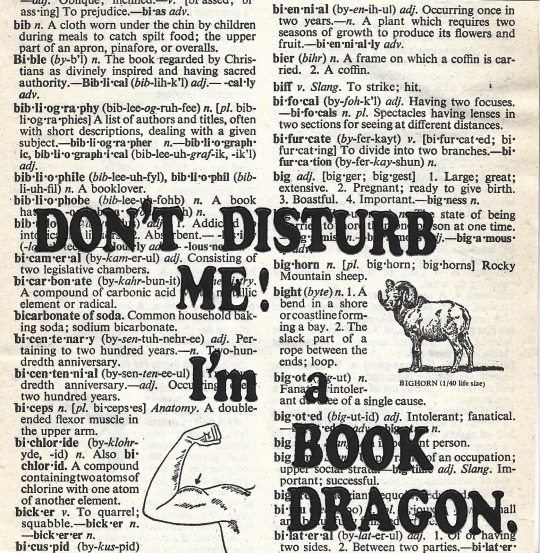
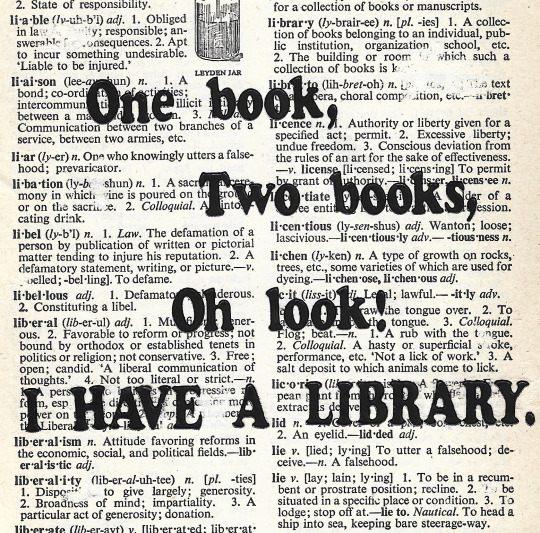
I created these cards from collaging (the old fashioned way!)
They are available on my eBay shop https://www.ebay.co.uk/usr/thelittlebookroom
Working on some more
6 notes
·
View notes
Text

Many rare moons have passed since my last News Update so felt it high time to post my social media and book links and have them all in one place.
Not only am I still crafting stories but I’m studying again too and have a happy balance doing both right now. I look forward to telling you more about it all soon.
Meanwhile, if you want to sneak a peak inside my mind and explore my thoughts and imagination you can find me here:
Website: https://caitlinlynagh.com
Facebook: https://facebook.com/caitlinlynaghauthor
Instagram: https://instagram.com/caitlinlynaghauthor
Twitter/X: https://twitter.com/caitlinlynagh
Tumblr: https://thesoulprophecies.tumblr.com (yes, still there!)
Goodreads: https://www.goodreads.com/author/show/14925444.Caitlin_Lynagh
Amazon: https://www.amazon.co.uk/Caitlin-Lynagh/e/B01B13SFR4
BOOKS
Quantum Messenger: http://mybook.to/quantmes
Lost Frequencies: http://mybook.to/Lostfre
Another Path: http://mybook.to/anotherpath
Anomaly: https://www.amazon.co.uk/Anomaly-Soul-Prophecies-Caitlin-Lynagh/dp/1785890735
I have also maintained the Outlet Publishing blog until recently:
Diary Of A Young Writer – Outlet Publishing Blog (outletpublishinggroup.com)
#caitlin lynagh#social media#news#books#author#quantum messenger#anomaly book#lost frequencies#another path
3 notes
·
View notes
Text
I have made these before with resin (and much glitter). Essential for reading them big fantasy books.

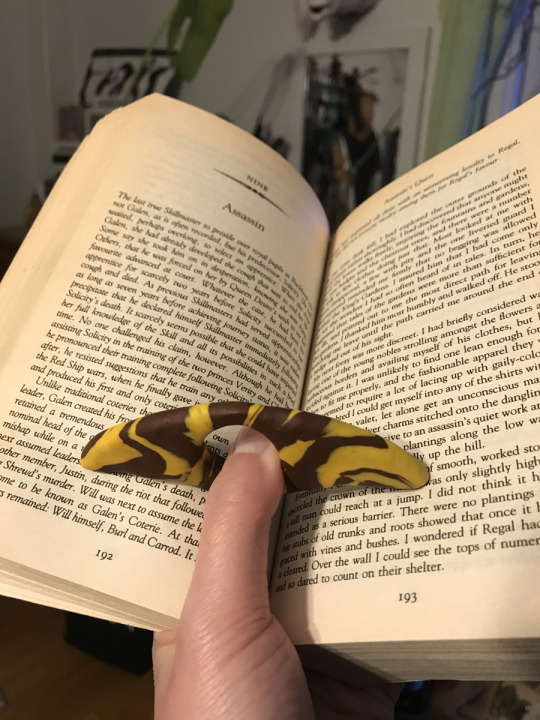
today I learned about "thumb book holders" in my search for ways to read giant fantasy paperbacks without injuring myself, and then I realized I could make one out of the 20-year-old polymer clay that I had lying around... so I did.
and god DAMN it's more effective than I ever expected, so I thought everyone should know about them. You can get really cheap mass-produced ones but this was fun to make and I'll probably make more ᕕ( ᐛ )ᕗ
8K notes
·
View notes
Photo
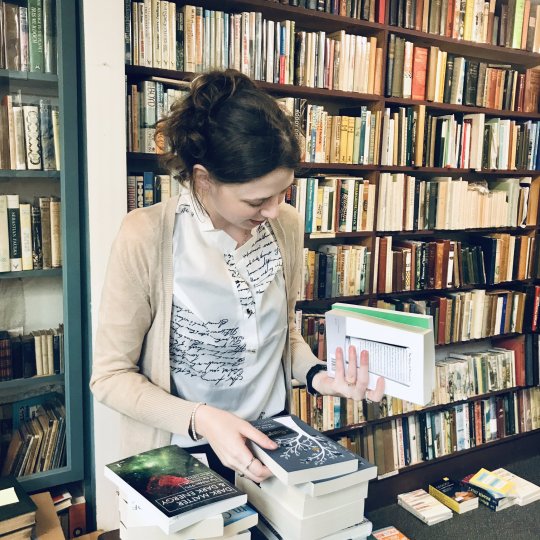
It’s good to be back in the book shop again
53 notes
·
View notes
Text
youtube
The prophetic vision in my book Quantum Messenger is astonishing sometimes. There are already robots called Apollo working in warehouse distribution. It's almost as if I have a time-traveling robot guiding my writing...
3 notes
·
View notes
Photo

I love the Icelandic tradition of sending books on Christmas Eve.
If you’re stuck for ideas and want a 5***** rated (easy to read) Sci-Fi, you might want to buy QUANTUM MESSENGER. Though book 4 in a series, it reads as a stand-alone book and links nicely to book 1, if needed.
I enjoyed writing it so much and fell in love with my own MC (Apollo).
http://mybook.to/quantmesp (also available as an eBook)
29 notes
·
View notes
Photo

Perfect gift for Sci-fi/Fantasy lovers this Christmas!
You are being watched. All your pathways have already been seen.
During a salvage hunt in the desolate wastelands of Planet Iyeeka, a strange naked woman is discovered inside a metal machine. No one has lived in the area for decades.
Ten wise Iyeekans are drawn to the woman through their dreams and eventually follow her, along with the three who found her, through their war-torn land in search of truth. They believe she is the key to saving their dying planet. She has knowledge even she doesn’t understand. Yet.
Who are these aliens she so vividly remembers? What is the significance of this planet Earth and its inhabitants? And why is her knowledge essential in saving their world?
eBook: http://mybook.to/Lostfre Print: http://tinyurl.com/Lostfre
19 notes
·
View notes
Text
Autumn Haikus
October colours
Warm against the season's chill
Echo nostalgia
Sweet berries glisten
While birdsong greets a new dawn
Temptation allures
7 notes
·
View notes
Text
Gotta say...
I actually like the new Tumblr layout.
2 notes
·
View notes
Text

Twenty Things Only Book-Lovers Can Relate To…
August 16, 2023 Caitlin Lynagh
Spending all your left over income on books. After all the household bills have been taken care of any surplus is obviously book money, I mean who needs food, right?
Collecting multiple free bookmarks. If a bookmark is being given away for free, you can guarantee a book-lover will happily accept one or three.
Using any bit of scrap paper as a bookmark. This may include greeting cards, receipts, railway tickets, letters, etc.
Buying more shelves so you can buy more books. Space is always the problem for bibliophiles, if there is space for more bookshelves then there is space for more books.
Reading the book before watching the movie. This is a rule that all book-lovers follow, and if they don’t, they will definitely read the book after watching the movie.
Falling in love with fictional characters. Book-lovers will definitely feeling a stronger sense of connection and understanding with fictional characters over real people.
Having a growing TBR pile by the bed. There are just too many good books out there and our piles just continue to grow.
Loving all book-themed accessories and apparel. Books on a bag, t-shirt, or pencil case? Yes please.
Buying a book just because it’s pretty. Some books are just so marvellous on their own that you have to buy them so they can sit proudly on your shelves.
Loving the smell of books and bookshops. There’s a comfort and familiarity when walking into a bookshop or opening a new book for the first time. You will hear readers exclaim out loud how they love the smell of books!
Getting excited over super old books. Old books are amazing. The time and effort required to make books by hand is just incredible.
Buying multiple copies of your favourite books. I am definitely guilty of this one. Sometimes you just need more than one copy, one to read, one to write in, one to keep in pristine condition, one with a fancy cover, etc.
Wishing you could own and run your own bookshop. What book-lover doesn’t dream of being surrounded by books all day and earning a living from it?
Possessively protecting dust-jackets. Dust-jackets are works of art nowadays that no one would want to destroy, but old dust-jackets on early editions can significantly increase the value of a book.
Decorating your home with book-related art. If you can’t have the bookshop then you can definitely have the art all around your home, from framed pictures, to cushion covers, blankets and more.
Spending hours in bookshops. If you’re out with a book-lover and they see a bookshop, expect to be waiting for them for a while.
Collecting multiple notebooks. We don’t even write in them, we just like having them, as many as possible.
Wanting to stay in book-themed Hotels or B&B’s. A room themed around books, where you can stay for a few days, is a book-lover’s dream holiday.
Watching booktuber’s and reading book blogs. We must consult other book-lovers opinions, how else will we decide what books to buy and when?
Writing honest and heart-felt book reviews about the books you love. If we love a book we will take the time to tell the world how much we loved it.
8 notes
·
View notes
Text
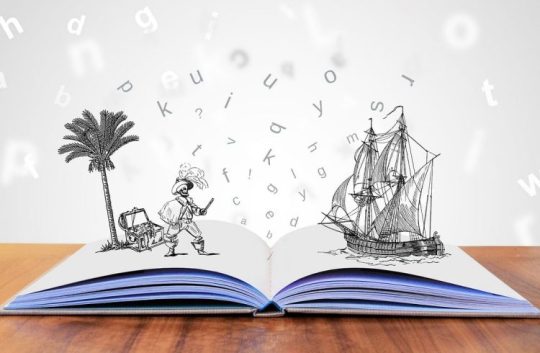
Who Were The Earliest Authors?
July 27, 2023 Caitlin Lynagh
Since writing about book binding and some of the oldest books in the world, it got me thinking about who the first authors were, when were people considered authors, and when did it become a recognised profession?
The earliest author, as considered and still debated by historians, is a woman called Enheduanna. She was a high priestess in the Sumerian city-state of Ur during the reign of her father, Sargon of Akkad during 2334 – 2279 B.C. A number of works in Sumerian literature appear to feature Enheduanna as the first person narrator, but works that have been attributed to her, were written by scribes six centuries after she lived. However, Enheduanna probably wasn’t considered an author during the time she was alive, even if she did write several works.
The Bible is Perhaps the most important and the best-selling book of all time. Both the Old and New Testament were finished by the end of the 2nd Century and were written by many authors over a period of 1,500 years. Moses supposedly wrote portions of scripture, and others were named with their ‘books’ or ‘Gospels’. However, scholars believe that the Gospels and books of the New Testament were not actually written by the people to whom they are attributed, and it is quite possible this is true for the Old Testament too. It appears that Bible writers came from all walks of life during different time periods and with different governments. You can find lists of Old and New Testament authors online, but again it is unlikely that any of these authors were considered authors professionally during their lifetime.
Before the invention of mechanical printing, and of course the Gutenberg Press, books were handmade. During the 4th Century, medieval books were made by scribes copying text by hand from original editions. Cassiodorus made copying biblical texts a compulsory tasks for monks. A monastic scribe would work for at least six hours a day, with the best scribes working even more hours. Scribes were not necessarily authors in their own right but we can definitely call them writers, and thanks to their hard work, a lot of ancient texts were saved and passed on.
Greek and Latin mythical and literary classics were the first texts predominantly copied, but during the 6th Century this shifted to Christian texts due to the rise of the Christian Religion. This saw a decline in Greek and Latin texts until the Carolingian Revival when Emperor Charlemagne pushed for more texts to be copied, restarting the copying of Greek and Latin classics.
The emergence of universities in Europe saw a demand for more books, particularly Bibles and books of law. When the printing press was invented, there were suddenly between eight and twenty-four million new books available in just a few decades. Classical and religious books were produced at first, but around 1484 scientific illustrations and books on Botany were produced. Arguably both an author and a publisher, humanist scholar Erasmus used the new print medium to promote his own ideas by the beginning of the 16th Century. Not everyone was thrilled with the arrival of the printing press, Filippo de Strata wrote ‘the printing press is a whore’ and called for printing to be banned. Others just simply preferred hand-written books, like Vespasian da Bisticci and Federico da Montefeltro, not only because they were beautiful, but also because of their value.
The authors of these Classical texts I keep mentioning, were generally Greek and Roman philosophers or other important people like Sun Tzu, a Chinese military leader who is believed to be the author of ‘The Art Of War’. There was also the Greek physician and botanist, Pedanius Dioscorides, who authored Vienna Dioscorides, a work which lists the medical properties of 383 herbs and 200 plants. The Book of Kells was believed to have been written by Irish Columbian Monks, and of course the Bible had many authors, but it is unlikely that any of these authors were considered professional authors during their lifetimes.
The earliest people who could be considered authors by profession were probably poets, like Homer, who was a Greek Poet and wrote ‘The Iliad’ and ‘The Odyssey’, two epic poems that were the foundations for Greek literature. These ancient poems would have been performed to audiences rather than read. Dante’s Divine Comedy, completed in 1320, inspired generations of poets and Dante himself is considered one of Italy’s greatest poets. Lots of artists, scientists and engineers, wrote books about their work, but were never solely authors by profession. Miguel De Cervantes Saavedra is considered one of the greatest Spanish writers, he wrote Don Quixote, published in two parts in 1605 and 1615. There was also William Shakespeare, an English playwright but definitely a writer and author, who lived between 1564 – 1616. The first folio of Shakespeare’s work was published in 1623.
It’s not until the 18th Century where more people seem to be recognised as authors, with French philosopher and writer Denis Diderot, who wrote plays and novels, and is most famous for his ‘L’Encyclopedie…’ though this was written and completed by more than 150 writers. During this time, Samuel Johnson was an English writer and critic who authored ‘Samuel Johnson’s A Dictionary of the English Language’, and Laurence Sterne, an Irish-born novelist, authored ‘Tristram Shandy’.
Towards the later end of the 18th Century, Thomas Paine rose to fame as a writer and wrote ‘The Rights of Man’, it was a publishing success, selling around 200,000 copies. In it’s day it horrified the authorities and was banned. William Blake lived during this time and wrote poetry, but most of his works went unrecognized until after his death in 1827.
During the 19th Century, Charles Dickens, a famous English novelist wrote many fictional works. His life-long career as a novelist began in 1836 and lasted until the day he died in 1870. Another writer was Harriet Beecher Stowe, she was an American abolitionist who wrote ‘Uncle Tom’s Cabin’, she went on to write 30 books, including novels and memoirs. Walt Whitman, another poet, was an influential voice in American Literature, his book of twelve poems ‘Leaves of Grass’ was published in 1855.
Until the end of the 17th Century, books for children were written mainly for instruction and religious teachings, like Venerable Bede’s 7th Century text on natural science and later the first encyclopaedia written by Anselm for children. Manuals for good conduct were written for children during the 15th and 16th Centuries. Though the first serious children’s author was possibly Charles Perrault who wrote ‘Mother Goose’ for his own children. John Newberry appears to be the first author and bookseller who wrote entertaining children’s book with his ‘Little Pretty Pocket-Book ‘ in 1744. Fairy tales and folktales became increasingly popular, with Grimm’s fairy tales being published in 1812, however you can argue that maybe some of these stories in their original forms aren’t so suitable for children. Lewis Carroll could be considered the most important children’s writer who wrote specifically for entertaining children with his story ‘Alice In Wonderland’ published in 1865.
So the answer to who were the first authors is a complicated one. Storytelling has been around for centuries, and most stories were passed down through generations through word-of-mouth. Some poets wrote down their poetry and some people wrote stories but they were never published or mass produced in the way books are today. Other’s wrote works about their lives and livelihoods but were not necessarily considered authors. The printing press definitely caused a shift that saw people being able to mass produce their writings and spread them to a wider audience quickly. So it’s not really surprising that being an author as a profession, certainly during one’s lifetime was really only possible after this invention. Of course you either had to have your own printing press or convince someone who had one to publish your works.
References:
Books That Changed History
A little history of reading: How the first books came to be | BookTrust
Where Did Writing Come From? (getty.edu)
Medieval Book Production and Monastic Life – Dartmouth Ancient Books Lab
Some Early Professional Authors of the Middle Ages (wondriumdaily.com)
What People said About Books in 1498 (uh.edu)
Children’s literature | History, Books, Types, Awards, & Facts | Britannica
#books#booklr#booklover#bookstagram#blog#authors#writers#writeblr#shakespeare#homer#classical literature
9 notes
·
View notes
Text

My current TBR list for summer 2023
Blog 164: My TBR List & Current Read… – Diary Of A Young Writer (outletpublishinggroup.com)
8 notes
·
View notes
Text

What's the strangest thing you've used as a bookmark?
Blog 162: Things Found In Second-hand Books. – Diary Of A Young Writer (outletpublishinggroup.com)
45 notes
·
View notes
Text
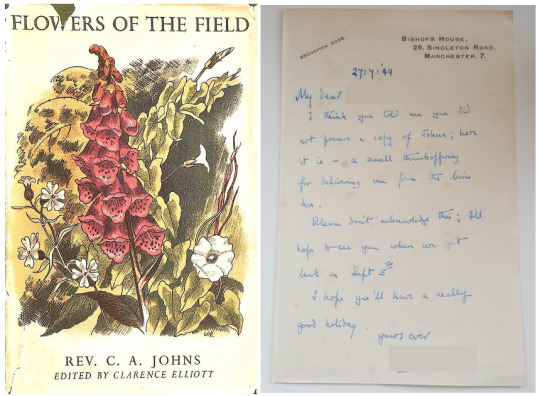
Things Found In Second-hand Books.
June 14, 2023 Caitlin Lynagh
I always find it fascinating when I pick up a second-hand book and find a previous owner’s inscription, especially when they are dated and you’re holding something that was written decades ago. It’s part of the history of that book as it has been passed through many hands. Often these inscriptions are just names and dates, but sometimes a previous owner will write a message to a friend or a loved one as they pass the book along, and sometimes previous owners will comment on the contents of the book itself – they’re not always flattering but always entertaining.
I handle a lot of second-hand books as part of my job, and sometimes there’s more than just an inscription inside these books. I often find old bookmarks, and things that people have grabbed to use as bookmarks. I’ve found postcards, photos, letters, receipts, greetings cards, and more. It is worth checking pieces of paper for signatures, you may stumble across the signature of someone famous. I’ve also been told that some people use money as bookmarks too but I haven’t come across any actual money yet.
I never used to save any of these items but I’ve started collecting and saving things that I find in books. Recently I found two letters in a copy of ‘Flowers of the Field’ by Rev Charles Alexander Johns. One was dated 27th July 1949 and read as follows:
My Dear [N],
I think you told me you did not possess a copy of Johns; here it is – a small thank-offering for delivering us from the lions den.
Please don’t acknowledge this; I’ll hope to see you when we get back on Sept 5th.
I hope you’ll have a really good holiday.
yours ever, [W.M.]
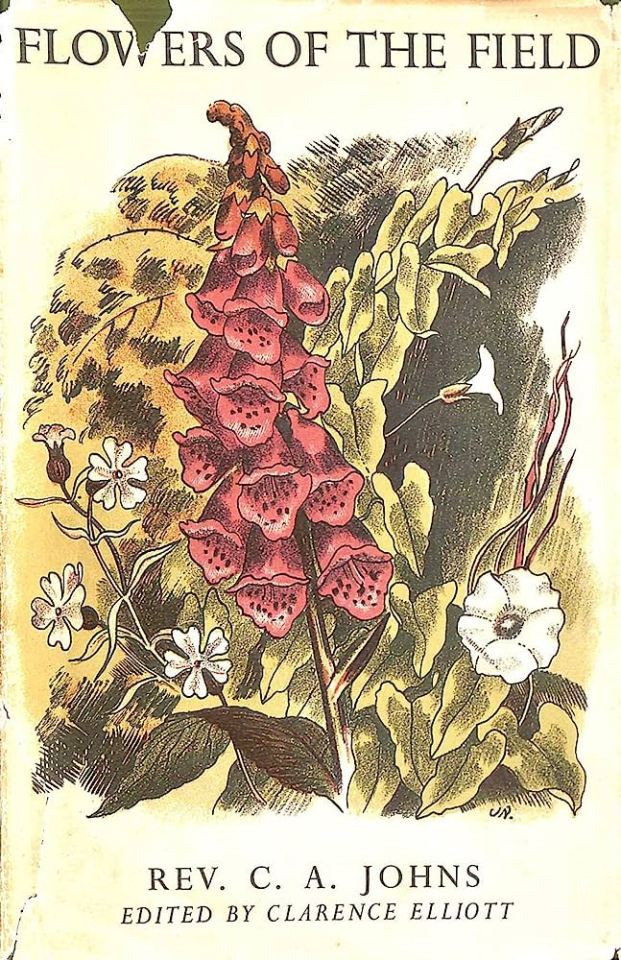
You often find dried and pressed flowers in-between the pages of old books, particularly books on natural history. Cuttings from magazines and newspapers appear frequently too, often relating to the book itself or its subject matter. Feathers also make popular bookmarks, but people will often use just about anything they can as a place holder.
Finding random things inside of books is not a new thing. In 2018, a librarian at the college’s Schaffer Library reportedly found an envelope with a lock of George Washington’s hair inside. This envelope was found in a copy of ‘Gaines Universal Register or Columbian Kalendar’.
In 2014, Auctioneers Dominic Winter presented a copy of 1940’s ‘The Problem of Pain’ by C. S. Lewis with an original handwritten letter inside that detailed C. S. Lewis’ definition of Joy.
A pair of spectacles was reportedly found in a 1907 copy of ‘The Story of a Fight’ by Hugh Lloyd. The spectacles had been inside the book for so long that they had damaged the binding.
Whether it be shopping lists, tickets, love letters, or other more peculiar items, it seems that readers will never fail to find something to hide or use as a bookmark.
References:
N.Y. College Says Forgotten Book Reveals Lock Of George Washington’s Hair : The Two-Way : NPR
Unseen CS Lewis letter defines his notion of joy | CS Lewis | The Guardian
Seven Of The Weirdest Objects Found In Books | ManyBooks
7 notes
·
View notes
Photo

Book Review – ‘The Girl Who Fell Beneath The Sea’ by Axie Oh
If you love East Asian mythology and Studio Ghibli’s Spirited Away, then you will love this book.
Mina’s homeland has been ravaged by deadly storms for one hundred years. People believe it is because the Sea God is angry, so to appease him, a beautiful bride is thrown into the sea every year in the hopes that one day a ‘true bride’ will be chosen and bring an end to the storms. In order to protect her family, Mina jumps into the sea and is transported to the magical spirit realm where she finds the Sea God, but not in the state she imagined. The Sea God is trapped in an enchanted sleep and Mina is determined to wake him up. However, a human can only survive in the spirit realm for a month, and there are other gods and spirits who will do anything to stop her from achieving her goal.
A lovely, enchanting read which reimagines the Korean tale of Shim Cheong. Axie Oh’s depiction of the spirt realm is beautiful and other-worldly, and her writing carries a dreamlike quality. There are a couple of twists that I’m ashamed to say I didn’t figure out before they were revealed, but they were satisfying. The characters are interesting and engaging, with a few humorous anecdotes from side characters too. There are strong themes of family, love and compassion throughout the story.
The main protagonist Mina is brave, kind and selfless. She never loses sight of her goal to wake the Sea God and save her family from the storms. There is a romantic interest, but it builds slowly and doesn’t take over the entire story or prevent Mina from following her goals.
Shin, Namgi, and Kirin, are interesting and unique characters, their loyalty to one another is as strong as a band of brothers. Shin being the main male protagonist drives a lot of the story, though at first he comes off as mean and cold as he is determined to protect the sleeping Sea God.
The Sea God has little to say in the story as he is asleep for most of the book, but he does manage to communicate with Mina through dreams and visions, all of which help Mina to discover the truth about the Sea God’s sleeping curse.
Dai, Mask, and Miki are adorable side characters who appear to help Mina in any way they can. Their identities were a mystery to me until they were finally revealed but there are lots of little hints throughout the story.
Overall, The Girl Who Fell Beneath The Sea is a charming and light-hearted read. It is well paced and it is easy to immerse yourself into this magical world. You don’t need to know anything about Korean mythology to enjoy the story, but if you love fairy tales, myths and folklore you will appreciate this book. I know you shouldn’t judge a book by its cover, but the cover art for this book is gorgeous and an accurate reflection of the story inside. This book is suitable for teen, young adult and adult readers.
If you like this story then you may also like ‘The Ghost Bride’ by Yangsze Choo.
17 notes
·
View notes